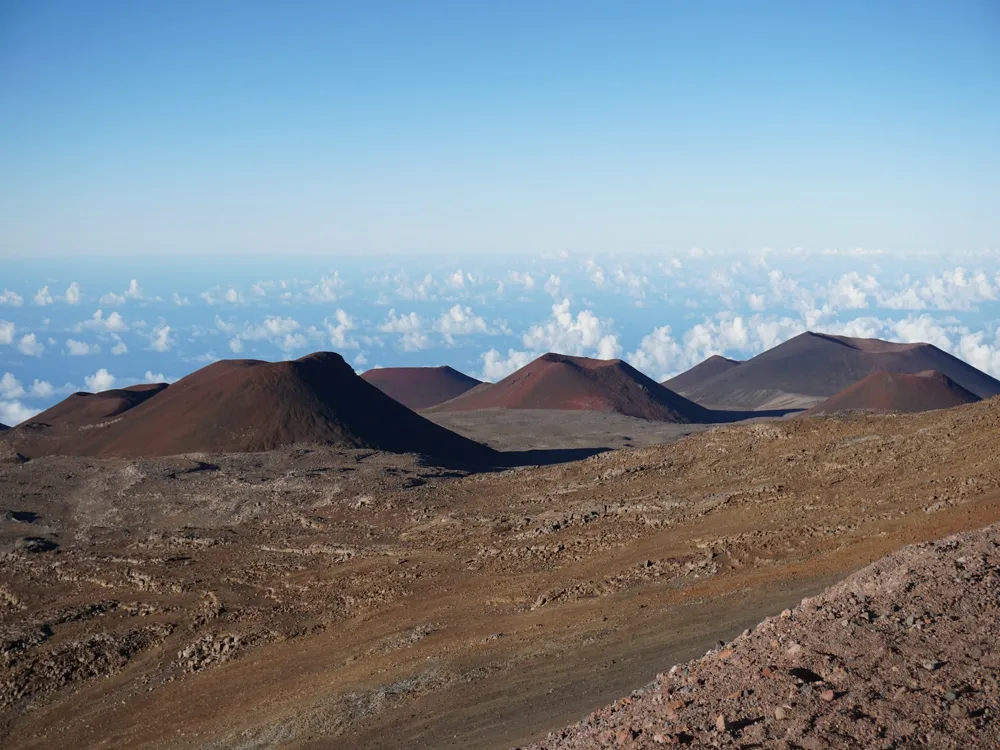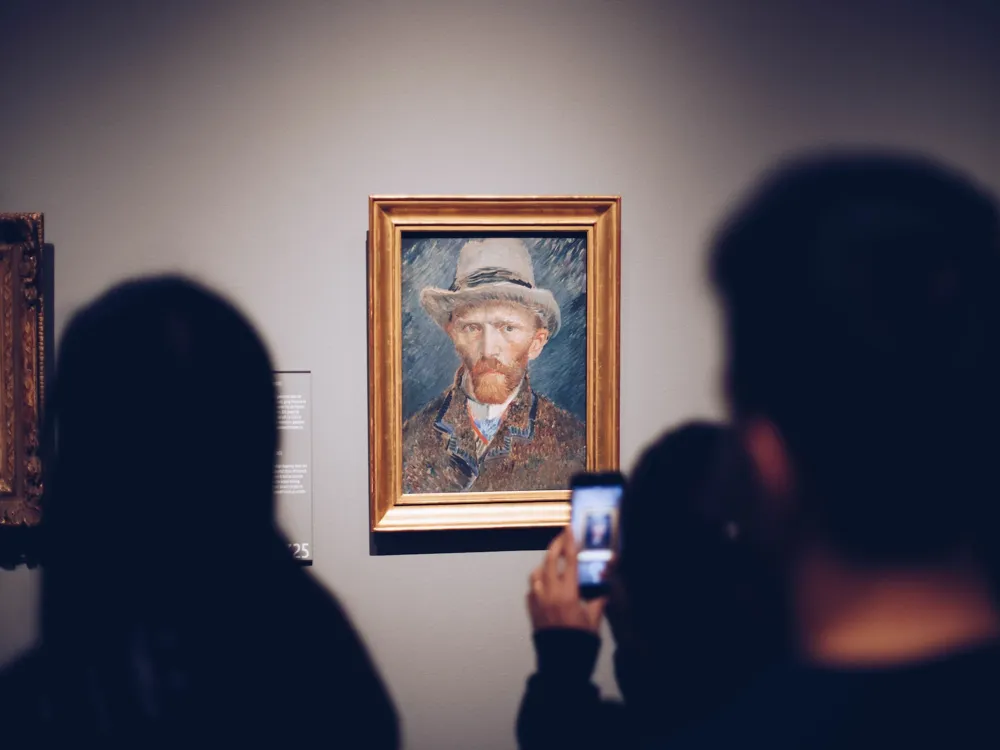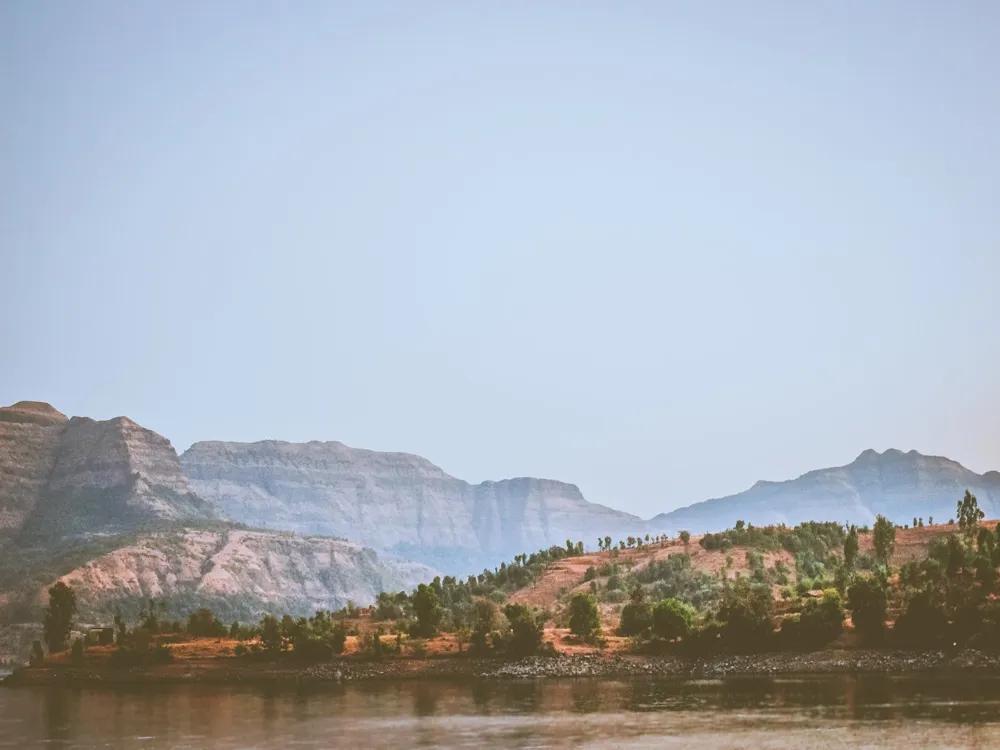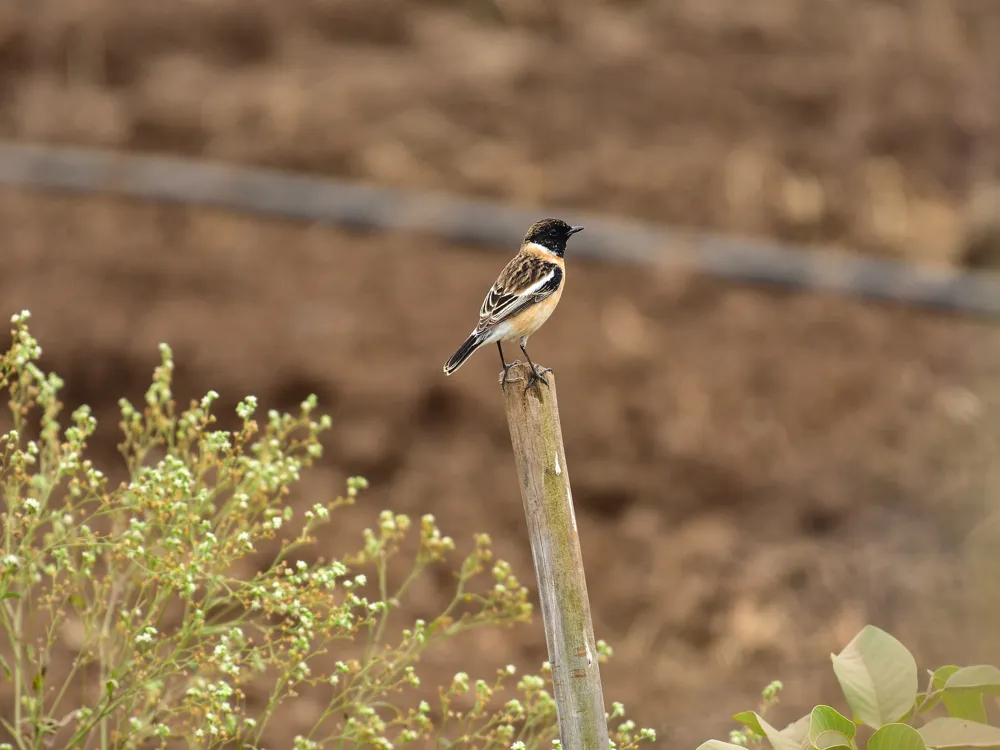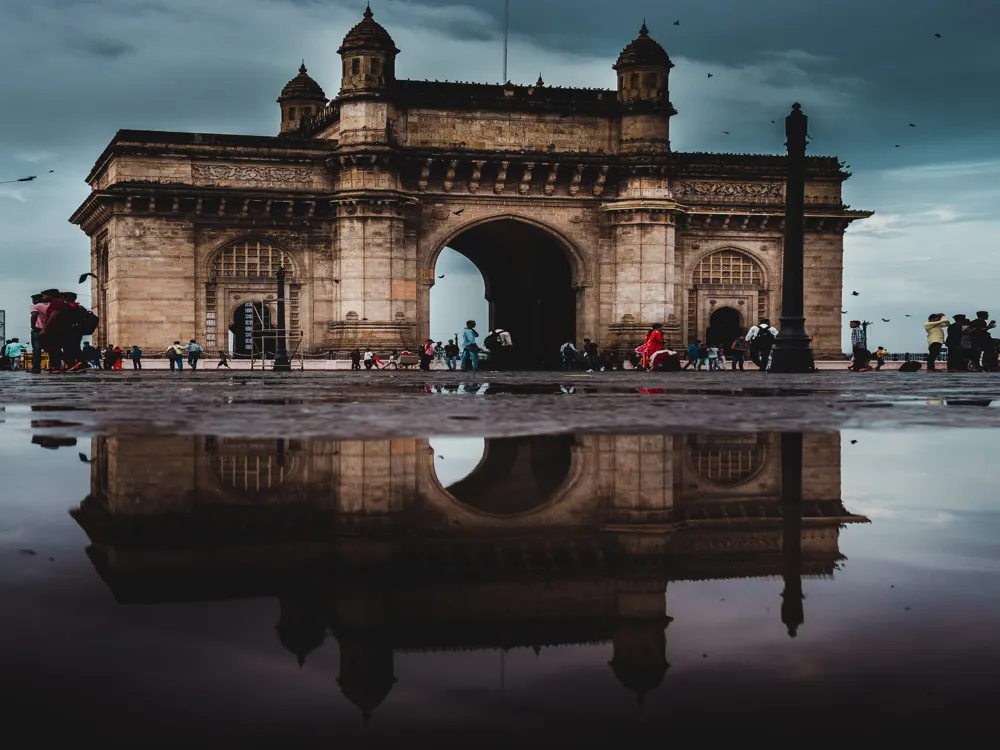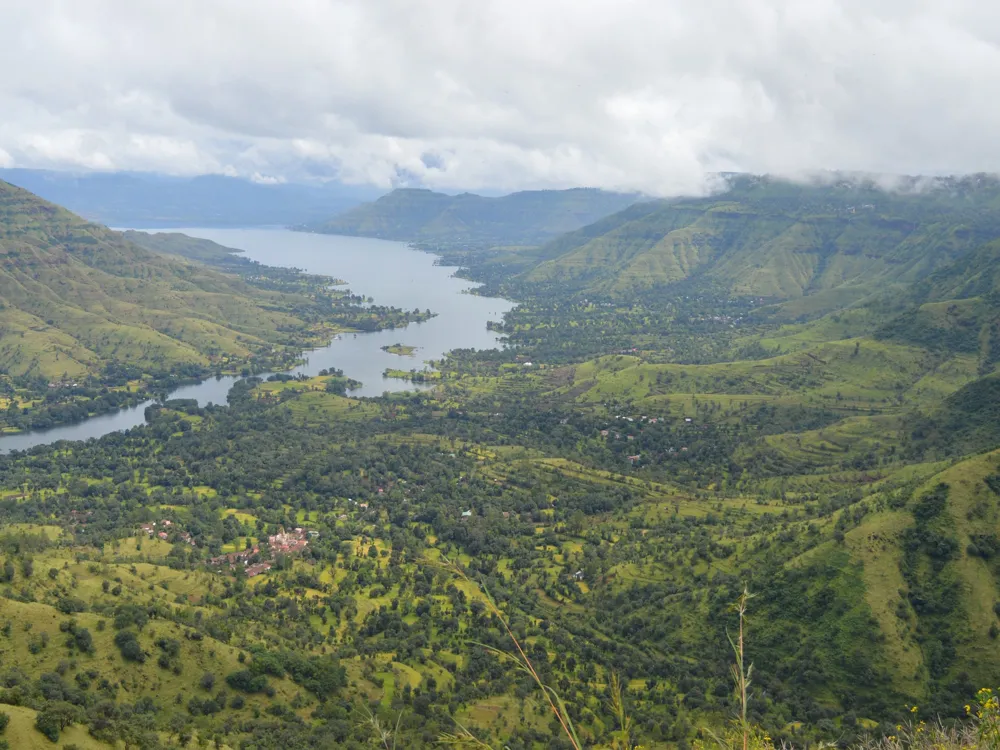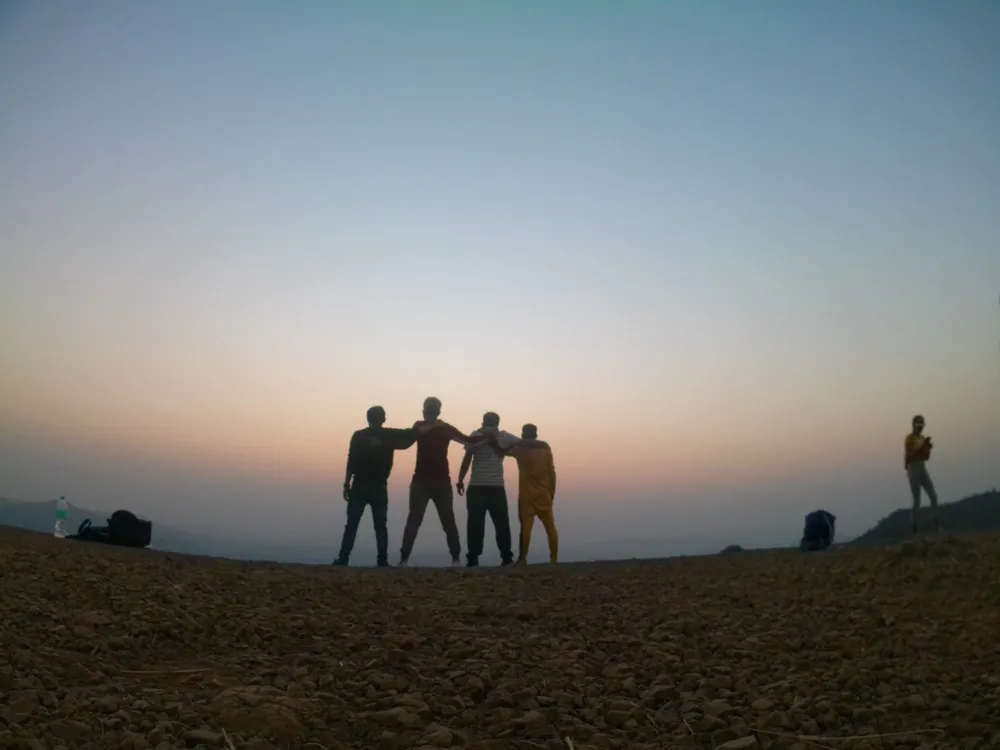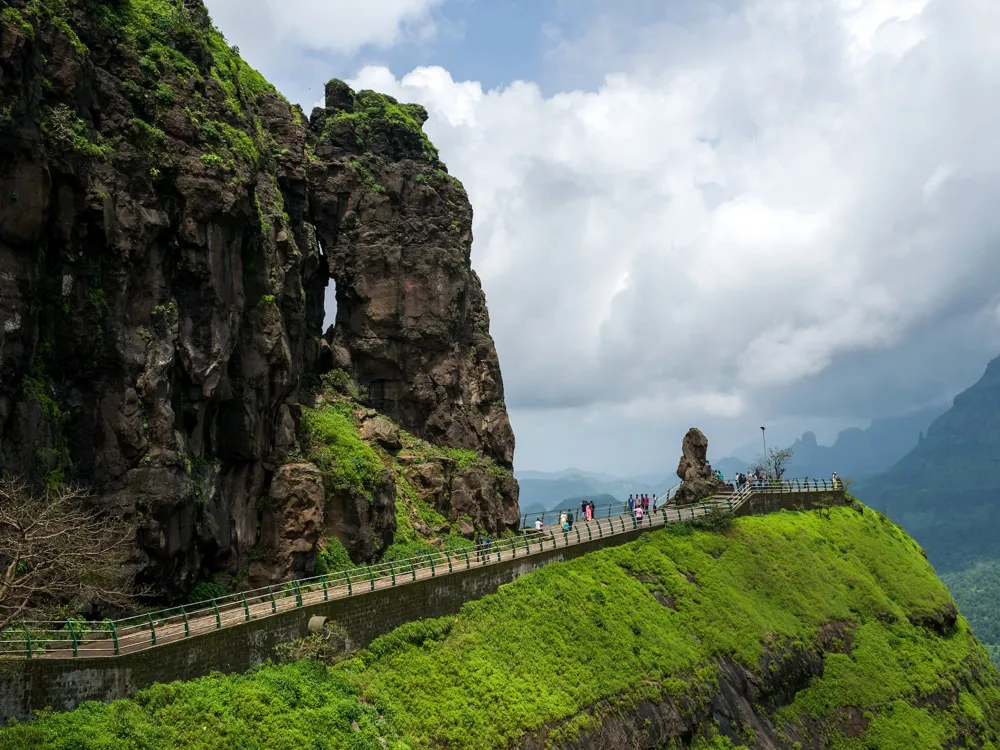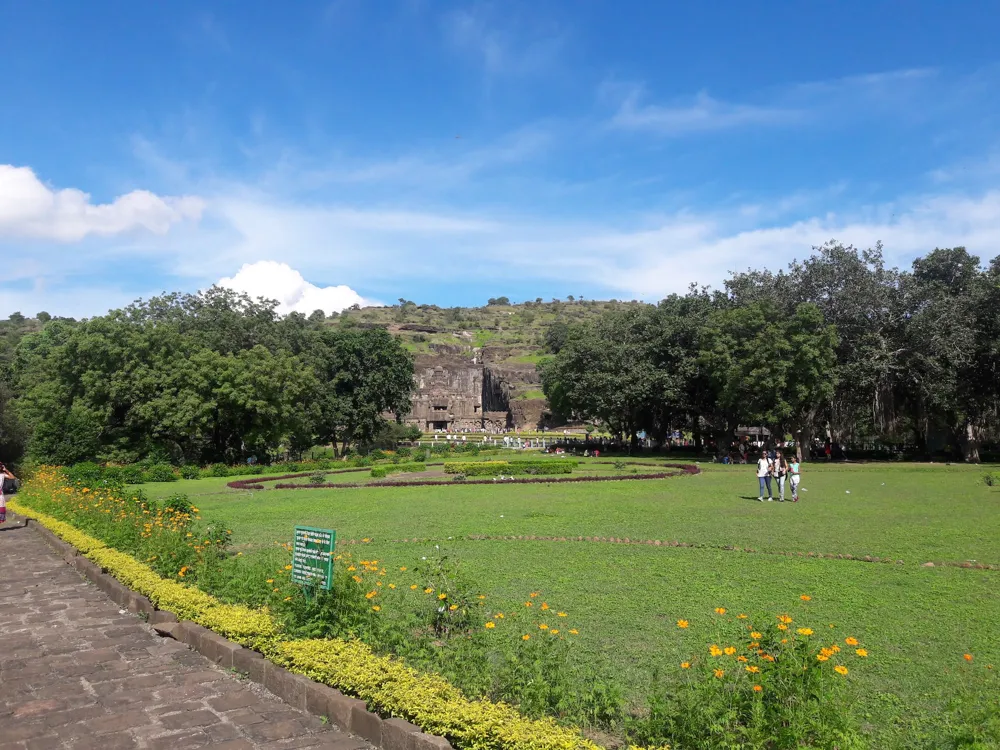Sita Gufa, located in the Panchavati area of Nasik, Maharashtra, is a site steeped in mythological significance and historical charm. This ancient cave holds a special place in the hearts of many, especially those fascinated by the epic tale of Ramayana. According to legend, Sita Gufa is the spot where Sita, the beloved wife of Lord Rama, was abducted by Ravana, the demon king. The cave is not just a tourist attraction but a pilgrimage site for devotees who come to pay homage to the enduring legacy of these mythological figures. The city of Nasik itself is an amalgamation of ancient history and modernity. Located on the banks of the Godavari River, Nasik is one of the holiest Hindu cities, known for its temples, ghats, and religious gatherings, particularly the Kumbh Mela which is held here every twelve years. Sita Gufa adds to the city's spiritual aura, drawing visitors from across the globe. Exploring the depths of Sita Gufa offers a unique glimpse into the past. The cave is relatively small, with narrow passages and dimly lit interiors that create an aura of mystery and reverence. Inside, you'll find idols of Lord Rama, Sita, and Lakshmana, which are worshipped by thousands of devotees year-round. The walls of the cave are adorned with ancient inscriptions and carvings that speak volumes of its historical and religious importance. [Continues with a detailed exploration of the site's history, its significance in the Ramayana, and its role in local culture, maintaining an engaging and informative tone throughout.] The architecture of Sita Gufa is a testament to the ingenuity and craftsmanship of ancient times. Carved out of a single solid rock, the cave presents a simple yet fascinating structure. The entrance to the cave is marked by a narrow and steep set of stairs, leading down into the heart of the cave. This design is thought to be intentional, replicating the secretive and hidden nature of the cave as described in the Ramayana. Once inside, the cave expands into a small chamber where the idols are placed. The chamber, though humble in size, resonates with a sense of serenity and spirituality. The walls of the cave are rough, unpolished, and bear the marks of time, giving visitors a raw and unfiltered glimpse into history. Natural light filters in through openings in the rock, casting ethereal patterns on the walls and creating an atmosphere of tranquility. The architecture of Sita Gufa, while not grandiose or elaborate, holds a charm that lies in its simplicity and its ability to transport visitors back in time. The cave, with its unadorned beauty, stands as a powerful symbol of faith and devotion, having withstood the test of time and continuing to inspire awe and reverence among those who visit. [Continues with a more detailed analysis of the architectural features, comparisons with similar historical sites, and discussions on the methods used in its construction, maintaining an in-depth and scholarly yet accessible narrative.] The ideal time to visit Sita Gufa is between October and March when the weather in Nasik is pleasant, making it easier to explore the cave and surrounding areas. Avoid the monsoon season as the area can get slippery and difficult to navigate. Visitors are advised to dress modestly out of respect for the religious significance of the site. Comfortable footwear is recommended as you'll need to walk and sometimes climb narrow staircases. Additionally, maintaining a quiet demeanor inside the cave is appreciated to preserve the sanctity of the place. Basic facilities like restrooms and small shops selling refreshments and religious souvenirs are available near the cave. However, the cave itself is not wheelchair accessible due to the steep and narrow stairs. The pathways inside the cave can be narrow and low, so watch your head. It's advisable to carry a flashlight as some areas inside the cave are dimly lit. Always stay with your group and follow the marked paths. Photography is generally allowed, but it's always best to check for any restrictions, especially inside the cave where flash photography may be prohibited to protect the sanctity of the idols. Sita Gufa is easily accessible from various parts of Nasik. If you're traveling by air, the nearest airport is in Mumbai, from where you can take a taxi or bus to Nasik. For those preferring rail, Nasik Road Railway Station is well-connected to major cities in India. From the railway station, local buses, auto-rickshaws, and taxis can take you to Panchavati, where Sita Gufa is located. For visitors driving to Nasik, the city is well connected by national highways and the cave is easily reachable through local roads. Read More:Overview of Sita Gufa, Nasik, Maharashtra
Architecture of Sita Gufa
Tips When Visiting Sita Gufa
Best Time to Visit
Dress Code and Etiquette
Facilities and Accessibility
Safety Precautions
Photography Guidelines
How To Reach Sita Gufa
Sita Gufa
Nasik
Maharashtra Goa
NaN onwards
View nasik Packages
Weather :
Label : Must Visit
Tags : Cave
Time Required : 1/2 hour
Planning a Trip? Ask Your Question
Nasik Travel Packages
View All Packages For Nasik
Top Hotel Collections for Nasik

Private Pool

Luxury Hotels

5-Star Hotels

Pet Friendly
Top Hotels Near Nasik
Other Top Ranking Places In Nasik
View All Places To Visit In nasik
View nasik Packages
Weather :
Label : Must Visit
Tags : Cave
Time Required : 1/2 hour
Planning a Trip? Ask Your Question
Nasik Travel Packages
View All Packages For Nasik
Top Hotel Collections for Nasik

Private Pool

Luxury Hotels

5-Star Hotels

Pet Friendly








